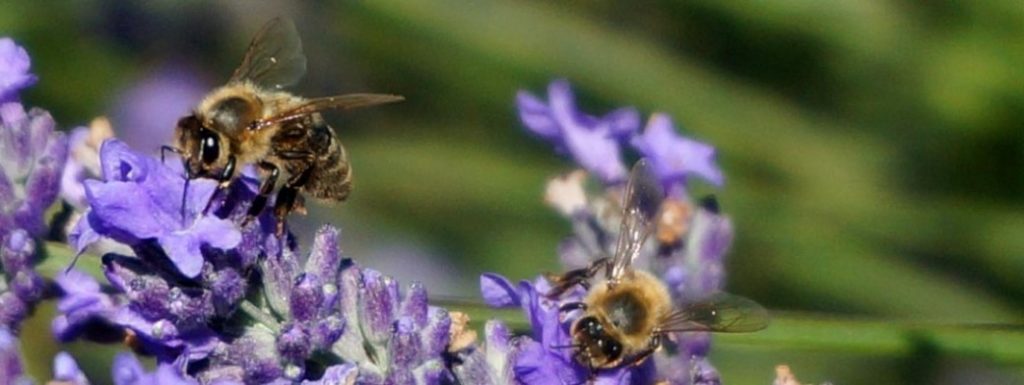[Link back to Permaculture Journey]
Barbolian Fields has evolved over the years from a family backyard organic garden to a small garlic-growing operation (at its peak, 23 varieties and approximately 1500 bulbs). In 2009, however, another evolution started taking place when I started devouring books on permaculture, agroforestry, eco-gardening, and food forests. It all made so much sense. Actually, it was more like a thump-on-head moment. It was the realization that I could take the garden a step beyond organic and transform it into something much more complex and self-sustaining: its own ecosystem. In reality, the garden was already going that direction even without my help, because that is the way nature and the Gaia balance works. I just needed to step out of the way – and perhaps step in when needed. The key, of course, was knowing the difference. Suddenly, all my life experiences in gardening, homesteading, environmental science, cultural arts, and entrepreneurship seemed very applicable to the task.
The next paradigm shift took place in 2012 when we built a couple of Warré beehives and acquired some honeybees, Apis mellifera. By now, the plight of the honeybee – and consequently, the precarious security of our food supply – was big news; however, few real answers, much less solutions, were being provided – nor was there much emphasis on the many other pollinators that were also being affected.
As an individual, I knew I had little influence over the practices of hauling truckloads of hives back and forth across the country, the growing of massive monocrops of genetically modified “frankenfoods,” the spraying of chemicals that become systemic in the environment and can have adverse effects even in very minute quantities, or the myriad of other factors that accumulatively weaken the immune systems of organisms at every level in the food chain – or potentially cause endocrine disrupting effects in generations to come. I cannot stop plate tectonics. I cannot, by myself, reverse climate change.
However, as an individual, I also know I have the power to change my world by what I buy, the way I live, what I grow, and how I grow it. And so does my neighbor. And my neighbor’s neighbor. And together, yes, we CAN make a difference.
And so began our backyard bee sanctuary, which has become a safe haven for every living thing, be it bird, mammal, insect, reptile, or something we cannot see with the naked eye. A simple extension of that endeavor has been to find ways of reducing our environmental footprint, consuming only what we need, sharing and giving back the surplus, and living more in harmony with our surroundings — in essence, the three key principles of permaculture: caring for the earth, caring for people, and caring for our future.
In the words of Bill Mollison, our prime directive and the only ethical decision we can make is to “take responsibility for our own existence and that of our children.” Everything else follows.
Our vision, then, is to build on what we have started and create a backyard permaculture garden with an emphasis on wildlife and honeybee habitat and sustainable living. The social aspect of this is to raise awareness of what each of us can do to help bees and native pollinators, become more self sufficient, and help regenerate our planet.
The stakeholders? Bees and native pollinators, of course. You and me and seven future generations, most certainly. For what we do, in Mollison’s words, “will either abolish or sustain life on this earth.” And that is a sobering thought.
More specifically, my statement of who we are reads like this:
Barbolian Fields is a backyard permaculture operation where we grow a variety of fruits, nuts, herbs, willows, and assorted useful plants, in addition to 18 varieties of garlic (traditionally, our main crop). We focus on creating regenerative mini-ecosystems that conserve water, build soil health, and provide habitat for pollinators and wildlife. We sell garden surplus, seeds, handcrafts, and Warré-style beehives at local outlets and online.
The following are 10 identified goals:
- Support pollinators through diversity & pollen/nectar plants throughout the year
- Encourage wildlife (birds, bats, pollinators, reptiles, other beneficial creatures) through native plants, habitats, housing, etc.
- Optimize gardens through intensive plantings of niche species; stack functions in time & space; create guilds
- Build resiliency through diversity & connections
- Build the soil (manures, mulch, fungal communities, diversity)
- Obtain a yield: honey/wax, seeds, herbs, willows, food, crafts, wood, home-based income
- Minimize our ecological footprint by reducing waste & consumption, harvesting energy, & cycling resources; increase self-sufficiency
- Include art & places for both gatherings and solitude
- Reach out: share knowledge; share the surplus
- Enjoy!
Our ultimate goal: to save the planet, one back acre (or yard) at a time.
Please join us!
~*~
Reference:
Mollison, Bill. “Permaculture: A Designers’ Manual” 1988. Tagari Publications, Australia. p.1.

